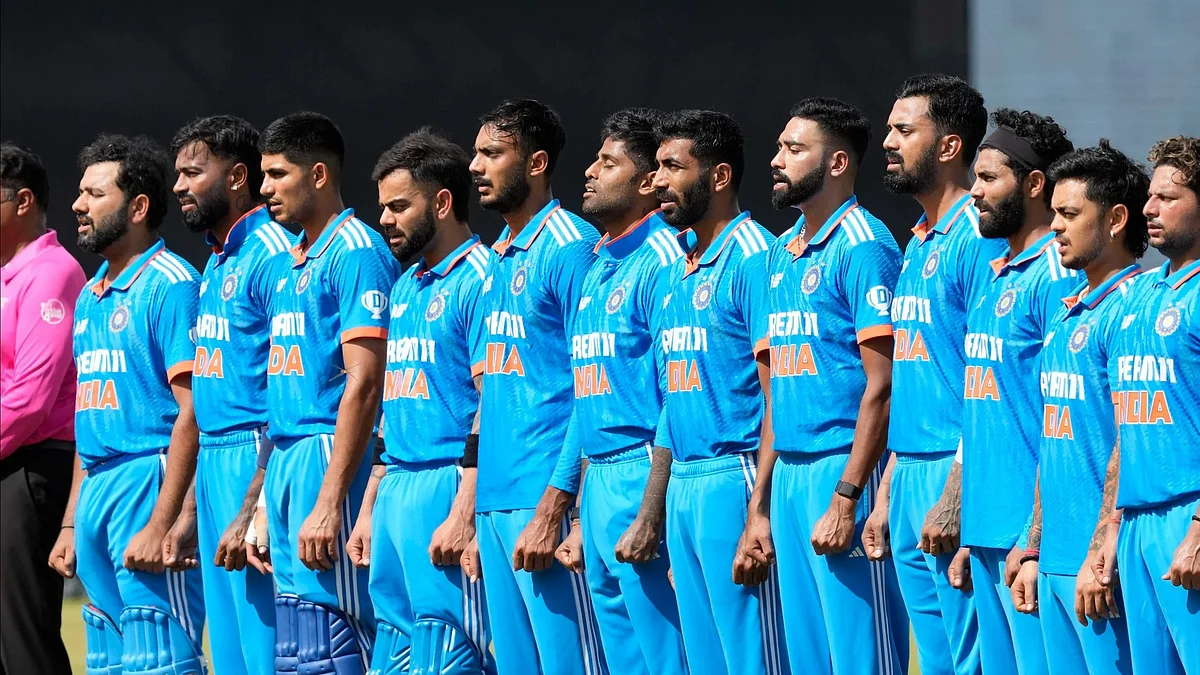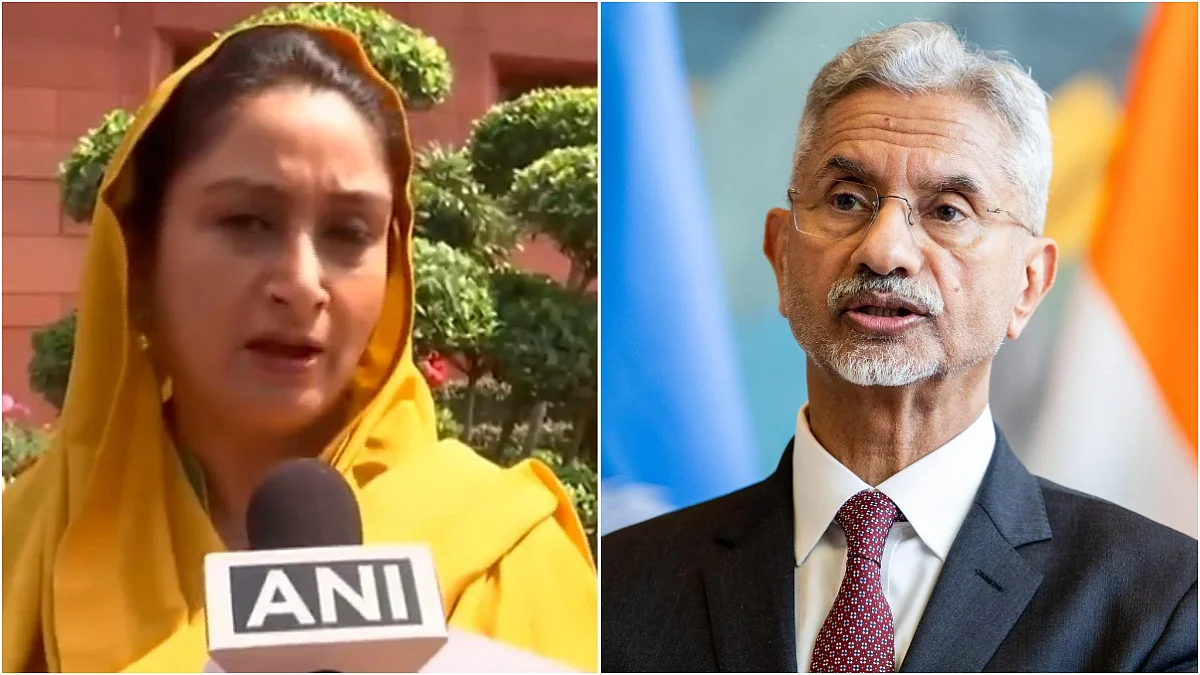New Delhi: BJP leader Amit Malviya has said that India’s 90-minute targeted strikes on major Pakistani airbases during the Operation Sindoor marked a decisive shift in regional military dynamics, and it dismantled Pakistan’s ability to maintain air superiority.
In a post on his X handle on Sunday, Malviya, who is in charge of the BJP's National Information & Technology Department, said the preemptive and precision attacks dismantled Pakistan’s ability to maintain air superiority, coordinate national defence, and project any meaningful counter-response.
He also mentioned 11 Pakistan bases which were attacked and rendered useless. He said each of these bases served a critical function, and its destruction inflicted strategic and psychological damage on the Pakistani military establishment.
His post reads, “This is what victory looks like. India’s 90 minutes targeted strikes on major Pakistani airbases during #OperationSindoor marked a decisive shift in regional military dynamics. These preemptive and precision attacks dismantled Pakistan’s ability to maintain air superiority, coordinate national defense, and project any meaningful counter-response. Each base served a critical function, and its destruction inflicted strategic and psychological damage on the Pakistani military establishment.”
Malviya shared the list of the bases attacked during Operation Sindoor. He also posted a map highlighting the bases attacked.
1. Nur Khan/Chaklala Airbase (Rawalpindi) -- India’s strike on Nur Khan disrupted the heart of Pakistan’s air logistics and high-level military coordination. As the base closest to Islamabad, often used for VIP transport and military logistics, its neutralisation severed critical links between the Pakistan Air Force (PAF) leadership and its operational units during the conflict.
2. PAF Base Rafiqui (Shorkot) -- Rafiqui, a key fighter base hosting frontline combat squadrons, was rendered inoperable. The destruction of its aircraft shelters and runway infrastructure significantly weakened Pakistan’s ability to launch counter-air operations, especially in central Punjab. This move effectively removed one of PAF’s sharpest offensive tools.
3. Murid Airbase (Punjab) -- By targeting Murid, India disrupted a vital training and potential missile storage hub. The strike degraded Pakistan’s long-term air force readiness, cutting off a critical node in the pilot training pipeline and eliminating logistical depth for future operations.

4. Sukkur Airbase (Sindh) -- India’s destruction of Sukkur Airbase cut Pakistan’s southern air corridor. Sukkur had been essential for troop and equipment movement across Sindh and Balochistan. Its loss severed key logistical arteries and reduced Pakistan’s operational range in the south.
5. Sialkot Airbase (Eastern Punjab) -- Sialkot, situated close to the Indian border, was neutralised early in the conflict. This base had served as a forward-operating platform for launching sorties toward Jammu and Punjab. Its loss created a significant blind spot along the eastern frontier, exposing Pakistani ground forces to unchallenged Indian aerial dominance.
6. Pasrur Airstrip (Punjab) -- Though smaller in scale, the Pasrur facility played a role in dispersal and emergency aircraft operations. By taking it out, India reduced Pakistan’s tactical flexibility and forced aircraft to concentrate at more vulnerable, high-profile locations.
7. Chunian (Radar/Support Installation) -- Strikes on Chunian disrupted radar coverage and communications infrastructure vital for central Punjab’s airspace monitoring. This left a gap in Pakistan’s early warning systems, allowing Indian aircraft deeper penetration with reduced risk.

8. Sargodha Airbase (Mushaf Base) -- The destruction of Sargodha was a strategic masterstroke. As the most critical base in Pakistan - home to the Combat Commanders School, nuclear delivery platforms, and elite squadrons - its decimation crippled Pakistan’s command-and-control structure. The blow was both operational and symbolic, shattering the myth of an invulnerable PAF.
9. Skardu Airbase (Gilgit-Baltistan) -- India’s neutralisation of Skardu degraded Pakistan’s northern surveillance and air operations near the Line of Actual Control. It also disrupted logistical links that could have supported Chinese-Pakistani coordination in the high Himalayas. The strategic advantage in the northern theatre now firmly belongs to India.
10. Bholari Airbase (Near Karachi) -- As one of Pakistan’s newest airbases with dual-use naval and air roles, Bholari had symbolised future ambitions of southern force projection. Its destruction erased those aspirations, compromising coastal defence coordination and leaving Karachi vulnerable to further strikes.
11. Jacobabad Airbase (Sindh-Balochistan) -- Jacobabad’s neutralisation further isolated western Pakistan. Historically used for rapid troop deployment and even by US forces during the war on terror, its destruction cut off internal mobility, supply chains, and Pakistan’s western air surveillance.

Malviya concluded the post saying, “In conclusion, India’s swift and coordinated strikes on these airbases delivered a strategic knockout to Pakistan’s aerial capabilities.”
The dismantling of radar networks, command hubs, and strike platforms left the PAF blind, grounded, and disoriented.
He said that more than just battlefield wins, these were structural demolitions -- designed to disable Pakistan’s ability to fight today and deter it from even contemplating aggression in the future.
This operation not only demonstrated India’s technological and tactical superiority but also redefined the rules of engagement in South Asia.
The destruction of Pakistan’s airbases sent an unambiguous message: India now holds the initiative, and the cost of provocation will be catastrophic, Malviya said.
Disclaimer: This is a syndicated feed. The article is not edited by the FPJ editorial team.












